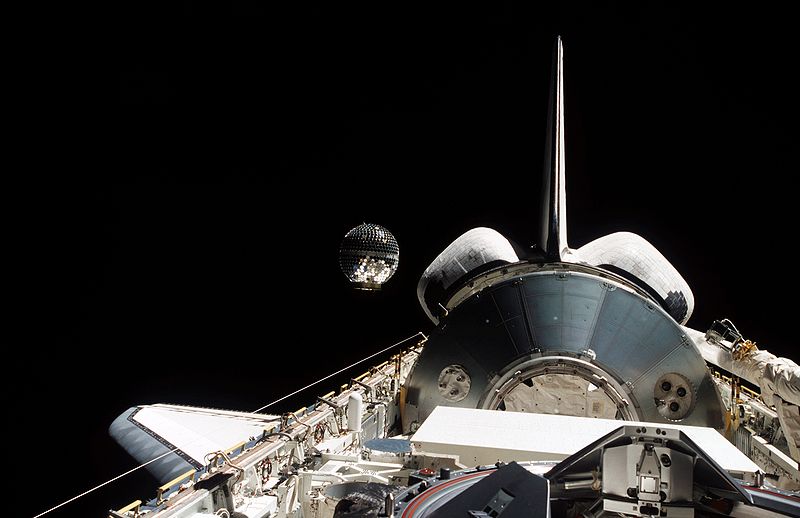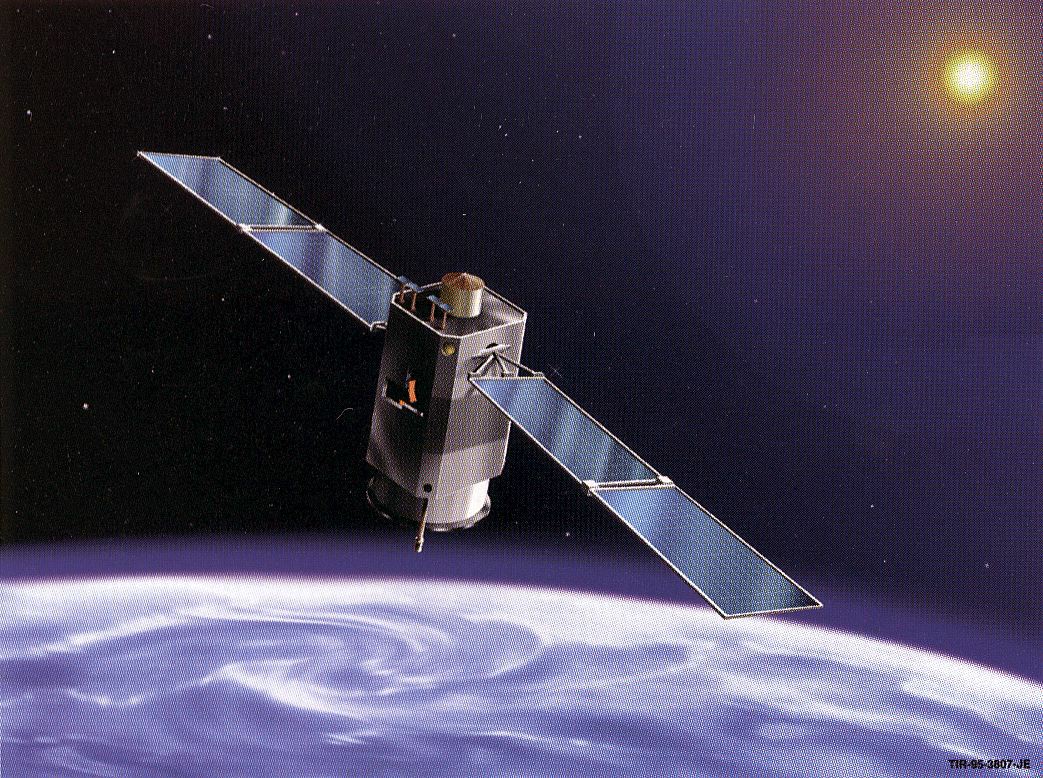Five years ago today — January 10, 2007 — a PSLV-C7 rocket launched from Sriharikota, India, carrying four spacecraft including India’s first recoverable space capsule.

(CartoSat-2 remote sensing satellite. ISRO image.)
The largest of the four spacecraft was CartoSat-2, a three-axis-stabilized remote sensing platform with one-meter resolution. The SRE-1 technology demonstrator was the recoverable capsule, equipped with a heat shield for re-entry and a floatation system. SRE-1 “re-entered in the Bay of Bengal precisely as planned at 04:14 UT on 22 January at 150 km east of Sriharikota, and was hauled by a helicopter from a coast guard vessel.”
The other two spacecraft were LAPAN-Tubsat, a microsatellite built by Indonesia, and PehuenSat-1, a picosatellite from Argentina.

















